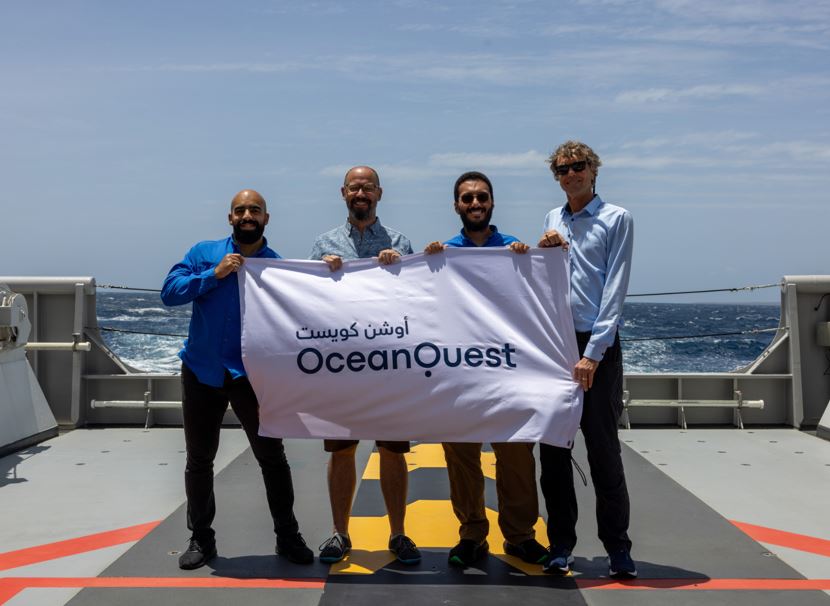In a press event held onboard OceanXplorer, a state-of-the-art research vessel, Ocean Quest, in partnership with OceanX, hosted an exclusive tour for guests and media representatives. This immersive tour was designed to showcase the organization’s mission to advance deep-ocean exploration and foster international scientific collaboration. It provided an up-close look at cutting-edge technologies and research facilities used in unveiling the secrets of the deep sea.
During the tour, visitors were given an exclusive opportunity to explore the vessel’s high-tech laboratories, autonomous submersibles, and remote-controlled systems – all critical elements driving the organization’s scientific expeditions. Dr. Martin Visbeck, CEO of Ocean Quest, elaborated on the key projects and long-term vision of the organization.
Dr. Visbeck noted that Ocean Quest’s mission transcends mere exploration of the ocean floor; central to this vision is the construction of a flagship vessel, 100 meters in length equipped with a fleet of Autonomous Underwater Vehicles (AUVs) dedicated to studying seamount ecosystems, which harbor a wealth of biological diversity. He stated:
“Since our inception in 2021, our focus has been on deep ocean exploration – a vision shared by Saudi Arabia. Our goal is to continuously expand the frontiers of knowledge and bring the wonders of the deep sea closer to those who cherish the ocean.”
Global Operational Geography: Four Strategic Oceanic Regions
Dr. Visbeck elaborated that Ocean Quest operates in four key ocean regions deemed strategically significant:
- The Red Sea: A region of utmost importance for Saudi Arabia, though recent security challenges near Yemen have delayed some missions, forcing a reroute around Africa.
- The Indian Ocean: Identified for its rich biodiversity and as a promising frontier for discovering new marine species.
- The South Atlantic: Particularly the areas south of the Azores, where natural seamount chains serve as laboratories for environmental research.
- The Southwest Pacific: Renowned for its unique ecological systems and increasingly attracting scientific interest.
He emphasized that the first field mission in the Red Sea is now anticipated for Spring 2026, with plans either to deploy the current vessel or to initiate a Mediterranean-based launch, thereby underscoring the team’s optimism despite existing geopolitical and logistical challenges.
International Partnerships: Building a Global Scientific Network
Dr. Visbeck also underlined that Ocean Quest’s operational model is deeply rooted in international cooperation. Strategic partnerships have been forged with leading research institutions worldwide. He explained:
“We collaborate with global partners—from Brazil, where joint missions will focus on the Vitória-Trindade seamount chain in the rich biodiversity of the South Atlantic, to South Africa. Additionally, we are partnering with Germany’s GEOMAR Institute on similar projects.’’
These partnerships, he noted, are vital in enabling nations that lack fully equipped research vessels to benefit from state-of-the-art tools and operational expertise, thereby propelling collaborative scientific advancements and environmental conservation efforts.
Dr. Visbeck added, “Deep-sea exploration is not simply about collecting scientific data; it’s about pushing the boundaries of technological innovation and building bridges across the global scientific community. We commit to open data practices that ensure our findings are accessible to all, ultimately enhancing scientific efficiency and contributing to the preservation of our marine environments.”
He concluded by reaffirming Ocean Quest’s overarching mission: to create a sustainable scientific platform that leverages international collaboration and state-of-the-art innovation, ensuring that the mysteries of the deep sea are progressively revealed over the coming decades.



